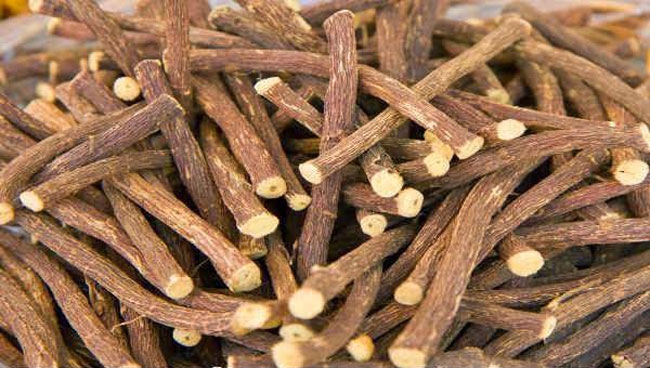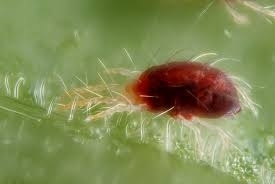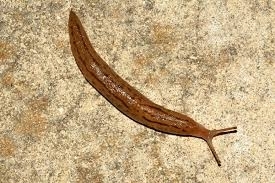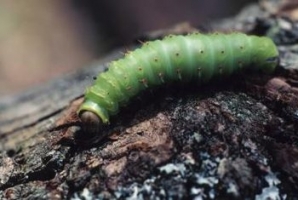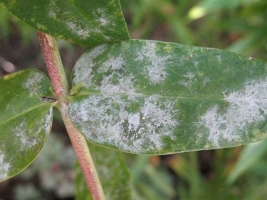General Information
It is known as sweet root and is used to prepare various ayurvedic medicines. Its roots are used for preparing various drugs. Drugs prepared from mulethi are used to cure skin problems, jaundice, ulcers, bronchitis etc. It is perennial shrub with average height of 1-2m. Flowers are of purple to pale whitish blue in color having 0.8-1.2cm length. Fruits contain numerous seeds and are 2-3cm long. Roots are sweet in taste and have no odor. It is found throughout the world in Greek, China, Egypt and India and is native to parts of Asia and southern Europe. In India it is cultivated in Punjab and sub Himalayan tracts.

